Why did sharks suddenly disappear from South Africa?
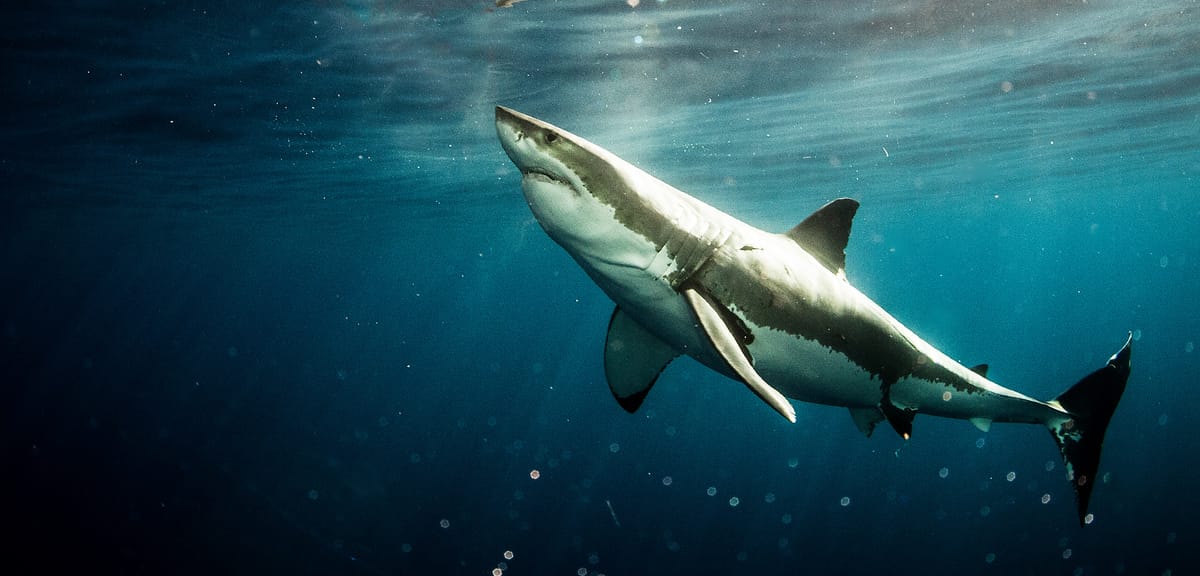
From David Shiffman at Hakai magazine: "Long before they started chomping on yachts, killer whales were making headlines for a rash of attacks on South African great white sharks. The killings were as gruesome as they were impressive. The killer whales were showing a deliberate sense of culinary preference, consuming the sharks’ oily, nutrient-rich livers but leaving the rest of the shark to sink or wash up on a nearby beach. From the initial news of the attacks, the situation only got weirder. Great white sharks started disappearing from some of their best-known habitat around South Africa’s False Bay. “The decline of white sharks was so dramatic, so fast, so unheard of that lots of theories began to circulate,” says Michelle Jewell, an ecologist at Michigan State University Museum."
How the Underground Railroad got its name

From Scott Shane at The New York Times: "Thomas Smallwood was a busy man in the summer of 1842. Born into slavery outside Washington, D.C., in 1801, he had largely educated himself and bought his own freedom 11 years before. By day, he ran a shoemaking business from the little house he shared with his wife and four children a short walk from the U.S. Capitol. By night, he was organizing daring, dangerous escapes from slavery — not by ones and twos but by the wagonload — from Washington, Baltimore and the surrounding counties. Yet somehow he found time every week or two to write a new dispatch for an abolitionist newspaper in Albany, N.Y. His letters mercilessly mocked enslavers and celebrated those fleeing from them. One day early that August he took up his pen and made literary history, becoming the first to use a phrase that would resound through the decades of slavery and to the present day: underground railroad."
In 1964, Alfred Heineken designed a beer bottle that also worked as a building block
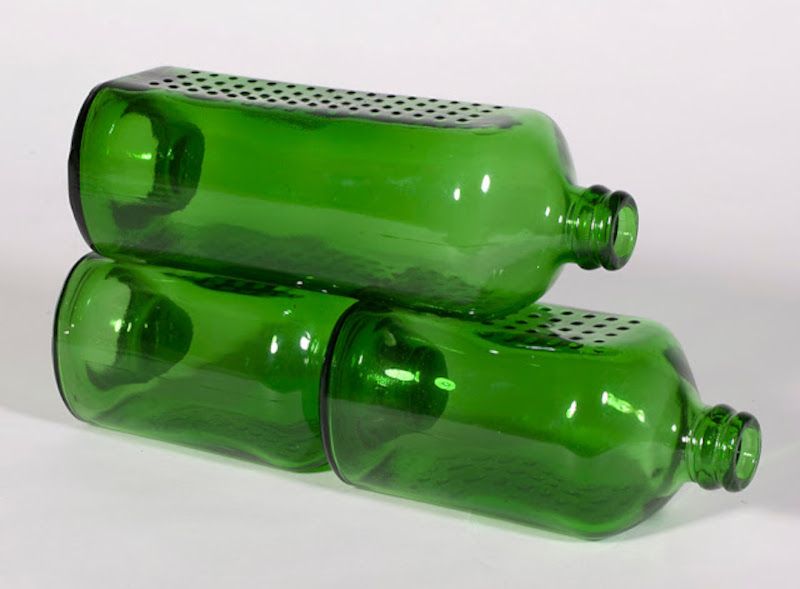
From Vintage Everyday, via Clive Thompson: "After a visit in the early 1960s to the Caribbean islands, then known as the Dutch Antilles, Dutch businessman Alfred “Freddy” Heineken was struck with inspiration from a seemingly odd source: garbage discarded about the island, some of which included empty beer bottles. His idea: to turn glass beer bottles into bricks of sorts by forming the Heineken seaweed-green beer bottles into a rectangular shape that could be used to build housing.Heineken approached the architect John Habraken, director of the Foundation for Architects’ Research (SAR), with the idea of designing a re-usable bottle that could serve as a building block after use. It seemed that a project had been born. Habraken designed a bottle with flat sides, provided with relief and a concave bottom. In 1964, Heineken had a total of 100,000 of these bottles (both 35 cl. and 50 cl.) made by the Vereenigde Glasfabrieken."
In search of lost time: The science of the perfect second
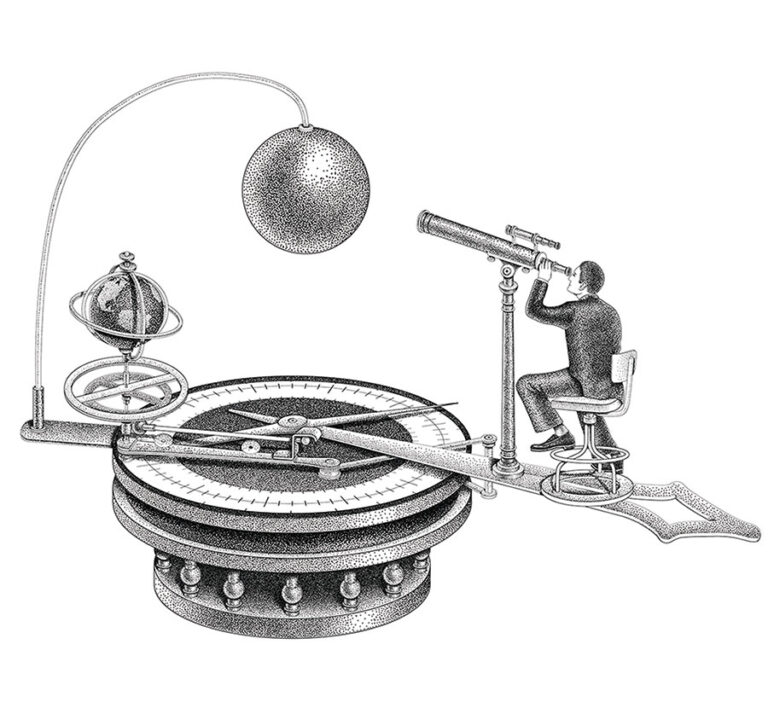
From Tom Vanderbilt at Harper's, via Jason Kottke: "The official time of the United States is subordinate to what’s known as UTC, or Coordinated Universal Time, which, since the early Sixties, has been the world’s official time standard. Realized and disseminated by the French Bureau International des Poids et Mesures (BIPM), UTC is an aggregate of times gathered from the atomic clocks maintained by more than eighty national agencies across the globe. “UTC,” noted Levine, “is calculated after the fact.” This is done partly because it would be too costly, and too logistically complex, to keep the world’s clocks ticking as one. But there was another reason, he continued: “Clocks often have misbehavior.” Free-running clocks, those that are not frequently recalibrated, begin to subtly “drift,” which can be hard to detect in real time.
Editor's note: If you like this newsletter, I'd be honoured if you would help me by contributing whatever you can via my Patreon. Thanks!
Researchers discover evidence of a wooden structure that predates Homo Sapiens
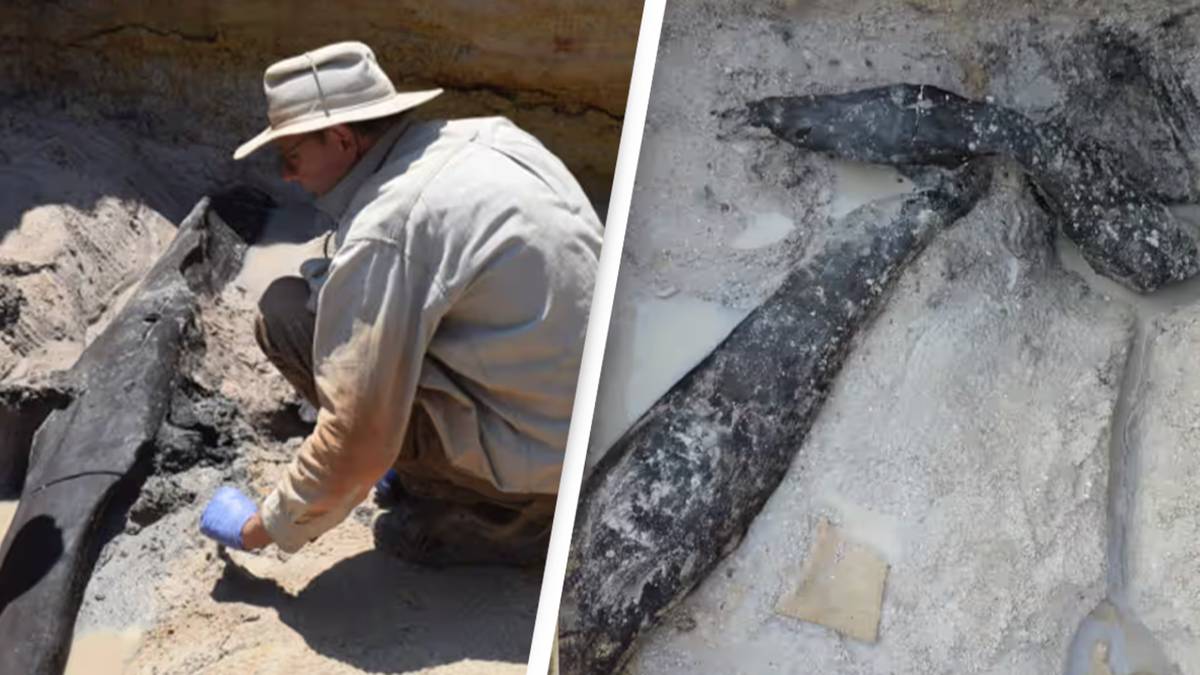
From Mike McRae at Science Alert: "A pair of interlocking logs that haven't seen sunlight in half a million years could challenge some fundamental assumptions about the technology and culture of our Stone Age ancestors. Uncovered in 2019 at the Kalambo Falls in Zambia, the objects provide archaeologists with an exceptionally rare look at wooden technology from mid-Paleolithic Africa, a time better known for an acceleration in the innovations of stone tools. The logs also predate the evolution of our own species, Homo sapiens. An analysis conducted by an international team of researchers has now come to the astonishing conclusion that the wooden artifacts were once part of a permanent structure of some kind, such as a platform or building. If so, the discovery complicates the conventional image of hominins as nomads hunting migrating herds."
In the early 1900s, people were convinced that ice cream parlors were involved in white slavery
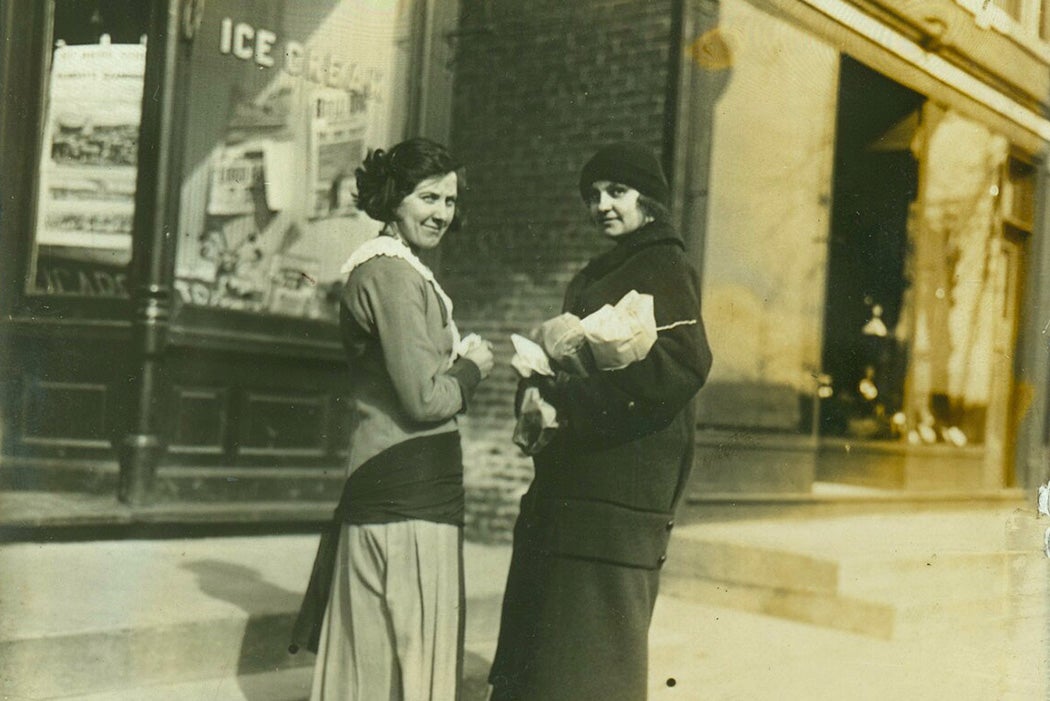
From Matthew Wills for JSTOR Daily: "Around 1910 there were few more dangerous places for a single white woman in a big city than the local ice cream parlor. Or so it was said. The US Attorney in Chicago, Edwin W. Sims, for instance, claimed he knew of more than two hundred cases of young white women who began their descent into prostitution because they had naively ventured into ice cream parlors. The year 1910 was the peak of the xenophobic white slavery panic. This was the widespread conviction that there was an epidemic of kidnapping of white girls and women into prostitution by foreigners and immigrants. Victims were supposed to be trafficked to other states or as far away as Istanbul or Shanghai. Jews were blamed in Europe; Italians and other recent immigrants were blamed in places like Chicago and New York."
Male kangaroos like to flex their biceps to impress the females




